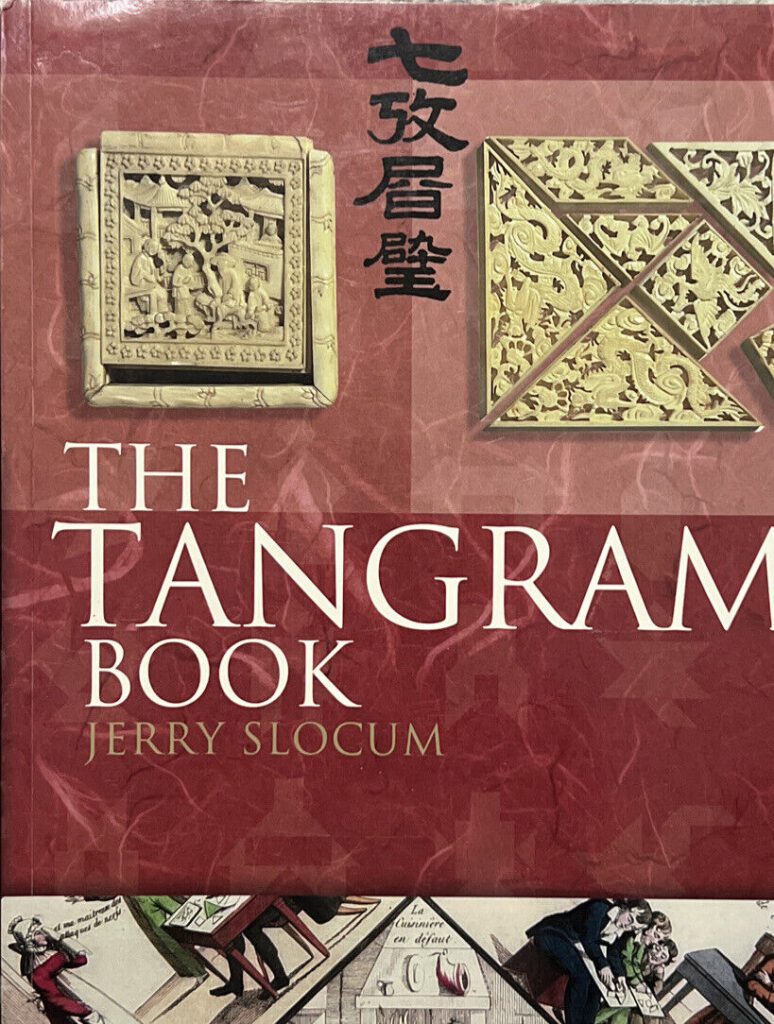Tangram is an ancient Chinese puzzle game that consists of seven shapes that can be put together to make various designs. It is believed to have originated during the Song Dynasty and has been enjoyed by people of all ages and cultures. The game’s objective is to use the seven shapes, or tans, to create a specific design without any overlaps or gaps. Tangram is popular due to its brain exercise benefits and is also culturally significant in China. It can be played on electronic devices and has competitions held worldwide. Tangram is a game that can be enjoyed by everyone.
The Art of Tangram: A Chinese Puzzle Game with a Rich History
Have you ever heard of Tangram? It is a Chinese puzzle game that is made up of seven shapes that can be put together to form various designs. Tangram has been around for centuries, and its origins date back to ancient China. The game has a rich history and has been enjoyed by people of all ages and cultures.
Origins of Tangram
The origins of Tangram are somewhat shrouded in mystery. However, it is believed that Tangram originated in China during the Song Dynasty (960-1279 AD). The game was originally known as the “Seven Pieces of Cleverness,” and it was played by both children and adults.
The legend of the game’s creation involves a man named Tan, who was a Chinese scholar during the Song Dynasty. One day, Tan accidentally dropped a ceramic tile, which shattered into seven pieces. He tried to put the pieces back together in various ways, and this eventually led to the creation of Tangram.
How to Play Tangram
The objective of Tangram is to use the seven shapes to create a specific design or figure. The seven shapes are known as tans, and they include two large right-angled triangles, one medium-sized right-angled triangle, two small right-angled triangles, one square, and one parallelogram.
To play Tangram, the player or players must arrange the seven tans to create a specific shape or design. The tans must be arranged without overlapping or leaving any gaps. Once the player or players have arranged the tans to form the desired shape or design, they have successfully completed the puzzle.
The Appeal of Tangram
Tangram has been popular for centuries, and there are many reasons why people are drawn to the game. For one, Tangram is an excellent exercise for the brain. It requires the player to think creatively and strategically to arrange the tans in the correct order.
Tangram is also a great game to play with others. It can be enjoyed by people of all ages and cultures. Parents can play Tangram with their children, and educators can use the game as a teaching tool to help students develop critical thinking and problem-solving skills.
The Cultural Significance of Tangram
Tangram has not only been enjoyed as a game but has also had cultural significance in China. Many Tangram puzzles have been created to depict traditional Chinese symbols, such as the dragon, the pagoda, and the butterfly. Tangram has also been used in Chinese folklore and literature. For example, the Chinese book “Sixty Tangram Stories” features a collection of stories that involve Tangram puzzles.
Tangram in Modern Times
Tangram has stood the test of time and is still a popular game today. In fact, Tangram has evolved with the times and can now be played on electronic devices such as smartphones and tablets. There are also Tangram competitions held around the world, where players compete to see who can solve Tangram puzzles the fastest.
In conclusion, Tangram is a fascinating game that has a rich history and cultural significance. It is a game that requires creativity, critical thinking, and problem-solving skills. Whether you play it alone or with others, Tangram is a game that can be enjoyed by all ages and cultures.
